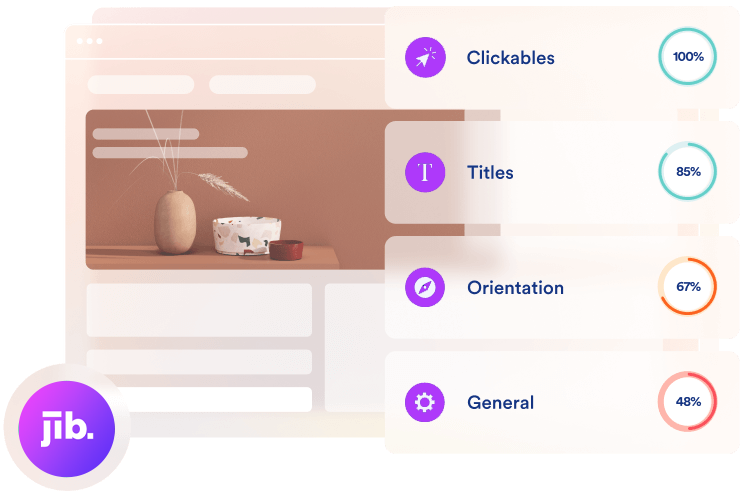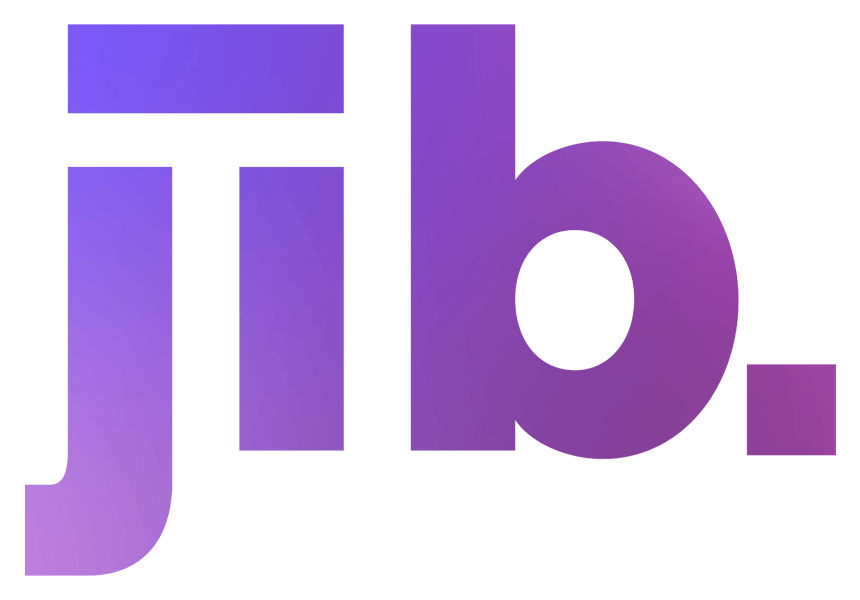Everything On ACA Compliance.
What is ACA?
The Accessible Canada Act (ACA) is a federal law in Canada that requires various industries to comply with accessibility standards.
It took years of effort from disability activists and other advocacy groups to get the ACA passed. Authorities in Canada conducted months of surveys to determine what legislation would have the best impact on Canadian society. Many people see the ACA as a major milestone in the government’s “Accessible by 2040” program, a country-wide effort to make all facilities in Canada open to disabled people over the next 2 decades.
“With this legislation now in place, we can begin a journey that will lead us to a society that treats all people with the dignity they deserve.” Public Services and Procurement and Accessibility Minister Carla Qualtrough said in a statement after the bill was passed.

Who Has to Comply with ACA?
Unlike other similar legislation like the Accessibility for Ontarians with Disabilities Act (AODA), the ACA is a federal-level law, applying to nearly all geographic areas of Canada.
In terms of industries and businesses, the ACA affects only areas that fall under federal jurisdiction. That includes 3 types of entities:
- Governmental organizations, including federal government departments and agencies, the Canadian Armed Forces, the police, and the parliament.
- Sectors that are federally regulated, including industries such as banking, interprovincial transportation, and telecommunications.
- State-owned enterprises, known as Crown corporations. These are companies that are nationally owned but still enjoy mostly private management and administration.
The ACA states unequivocally that the new law applies to “technological” platforms as well as any medium based on “information or communications.” That means that websites connected to any of the above industries are also affected by the ACA.
What Happens if I Don’t Comply with ACA?
To make sure that businesses follow the ACA, it includes serious consequences for non-compliance and created new structures and positions to oversee compliance. The
ACA is enforced by:
The Canadian Accessibility Standards Development Organization (CASDO), led by a board of directors comprised of a majority of people with disabilities, will develop accessibility standards in collaboration with the disability community and industry
- The Canadian Accessibility Standards Development Organization (CASDO), led by a board of directors comprised of a majority of people with disabilities, will develop accessibility standards in collaboration with the disability community and industry
- A Chief Accessibility Officer will advise the Minister of Accessibility and monitor systemic and emerging accessibility issues.
- An Accessibility Commissioner will inspect websites for compliance and apply fines and penalties for non-compliance. The Accessibility Commissioner is also a member of the Canadian Human Rights Commission, a powerful entity in Canada with substantial legal enforcement powers.
From a compliance perspective, the office of the Accessibility Commissioner is the most important institution of ACA. The Commissioner is a member of the Canadian Human Rights Commission, a powerful entity in Canada with substantial legal enforcement powers. The Commissioner’s responsibilities for ACA include:
- Inspections of groups for compliance
- Receiving violation accusations
- Audits of companies suspected of violations
- Compliance orders and notices of violation
- Monetary penalties for failure to comply
If you violate the ACA, you could be fined up to $250,000 for each infraction, depending on whether your violation is “minor,” “serious,” or “very serious.”
However, the exact process of investigating and charging violations hasn’t yet been established. Existing regulators and complaints bodies, such as the Canadian Transportation Agency, the Canadian Radio-television, and Telecommunications Commission, the Canadian Human Rights Commission, and the Federal Public Sector Labour Relations and Employment Board, are all required to set up a mechanism for referring accessibility-related complaints.
What Does This Mean for Small Business Owners?
For small business owners, the ACT means that they will need to make sure that their services, goods, and facilities are accessible to people with disabilities. This includes ensuring that the built environment, communication, and information are accessible to people with disabilities and that any barriers to accessibility are removed or modified.
One of the key ways that small business owners can improve accessibility in their design is by ensuring that their websites are accessible to people with disabilities. This includes using semantic HTML tags to mark up the structure of the content, providing alternative text for images and other non-textual content, and ensuring that the website is keyboard accessible. Additionally, small business owners should also consider the accessibility needs of people with cognitive disabilities, such as dyslexia, and ensure that their website is easy to read and understand.
Another important aspect of accessibility is the built environment. Small business owners should ensure that their physical spaces, such as buildings and parking lots, are accessible to people with disabilities. This includes providing ramps, elevators, and accessible restrooms, as well as ensuring that the aisles and doorways are wide enough for people using wheelchairs.
Small business owners should also be aware of the consequences of non-compliance with the Accessible Canada Act. The Act establishes an independent oversight body, the Canadian Accessibility Standards Development Organization (CASDO), which is responsible for developing accessibility standards, and enforcing compliance with the Act. The CASDO has the power to conduct investigations and audits to ensure that businesses are compliant with the Act. Non-compliant businesses may face fines and penalties.
In conclusion, the Accessible Canada Act is an important law that aims to make Canada more inclusive for people with disabilities. Small business owners have a crucial role to play in ensuring that their services, goods, and facilities are accessible to people with disabilities. By ensuring that their websites are accessible, removing barriers in the built environment, and complying with the Act, small business owners can help create a more inclusive society for people with disabilities.
Find Out Now If Your Website Is WCAG & ADA Compliant

